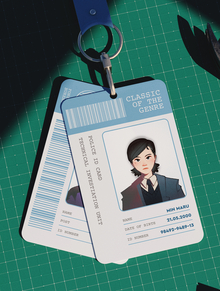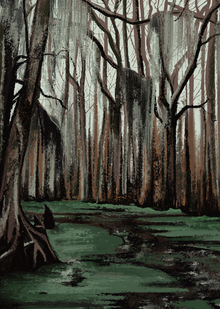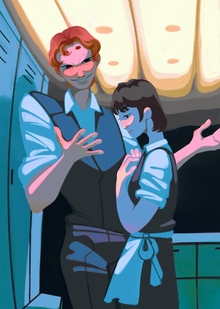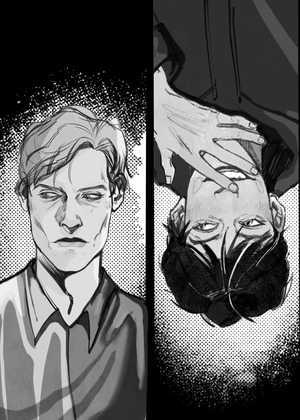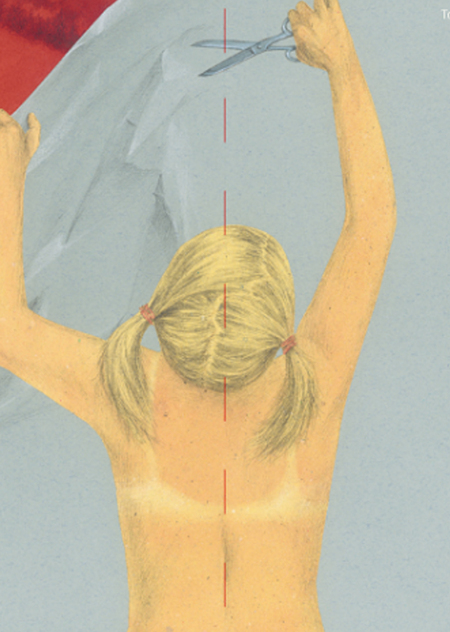
Until today, my heart has been broken a thousand times.
Esse for the website of the Mars Festival
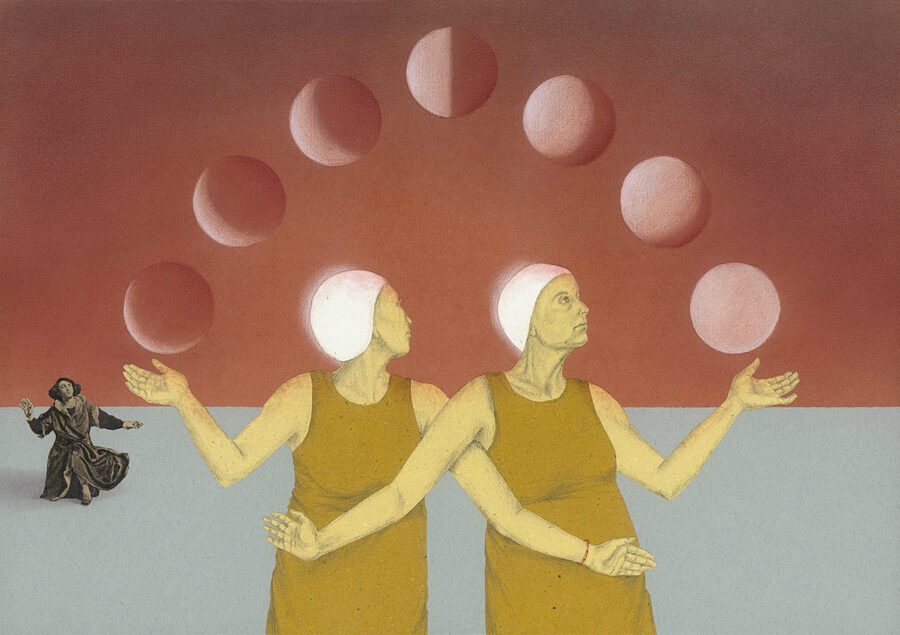
Picture from the book «Obie» (Justyna Bargyelska and Iwona Chmielewska)
It seems that to say that today’s children’s book is moving away from a literal illustration of the text towards the creation of a visual adjective would be a bit of a repetition. The map book and the comic book have entered our lives hard enough to stop visual literature from looking revolutionary and alien. We can read the signs of different sevenotic systems at the same time, we notice the signs formed at the edge of these systems, we recognize the art trails built on the counterpoint of the text and images. We’re pretty good at visual literature, no matter what. However, Hmelevsky’s books go so far along this path that we are only stunned to look after her — because it is not clear how to chase her.
The history of the Russian illustration has been so difficult that for us now, the transition from a conventional illustrated adjective to a visual one is a big, important step towards the restoration of the Russian map book.
However, however the modern Russian illustrator does not create visual narration, it is still a matter of narration, that is, the traditional story that the author will tell and the reader will read. Hmelevsky knows how to give up our usual narration and create a story without a story.
«As long as the sky does not weep,» the book is just one of them. It came from photographs of the Lublin Jews found in the attic of one of the houses, which had been hidden in a chimney since the war. Before the war, there were 45,000 Jews living in Lublin. Almost all of them died in Beljec in March-April 1942. Another victim was a schoolteacher, Juzef Chekhović, who died in a bombing at the beginning of the war. «As the sky weeps» is a collection of his children’s poems that accompany the pictures and illustrations found by Hmelovsky himself.
Yvon Hmelovsky, «As long as the sky does not weep,» 2016
In these prewar photos, people don’t know what’s gonna happen to them. They sit in studios on special chairs, hugging each other, smiling, looking out of windows, riding bicycles, rocking in a hammock, all we can do is guess what kind of life they have there, behind the frame, but we know for sure that life is there.
Yvon Hmelovsky, «As long as the sky does not weep,» 2016
There’s blue divorces on the streets, silver and white in the shacks. At the bottom of the gate and windows, there’s a snow bump… it’s the day. And when the bladder of charm comes by night, and the stars will gold the sky, oh, Mommy, how beautiful it will be!
But there is peace in the paintings of Hmelovsky. To each, she draws a picture of lost lives — family dinners, travels, horse walks, river visits by the whole family, children, and their first steps, kites, and quiet evenings — all things they will no longer have. Her book doesn’t threaten people, it’s like history has gone the other way that we can’t accurately describe — we’re not being told about it through traditional narration — but that we can feel and imagine. The story told by Hmelovsky does not exist without context, but embedded in this context, it becomes more of a book as a physical object. It goes to measuring an artisticly processed historical monument.
Yvon Hmelovsky, «As long as the sky does not weep,» 2016
Yvon Hmelovsky, Kingdom of the Girl, 2012
Hmelevsky refuses to literally illustrate, focusing on the sense of text. The red thread appears in the illustrations, passes through the large stitched stitches through a few pages, moves into a new dimension, now actually pivoting one of the turns, and finally folds the ring on the wrist, becoming one of the many metaphors that fills the book.
Both the text and the image are semantically rich, but there’s no feeling of complacency: Hmelevsky uses discreet colors, the illustration space is thin. Saturation here is the intensity of feelings and meanings, but not events.
Yvon Hmelovsky, Kingdom of the Girl, 2012
The muffled colors, wrapped up in a silk pine of a book, the cloaky game built on the image of a princess in a magical country — everything Hmelskaya (and the reader) feels for this growing girl — infinite tenderness and compassion. It is a book of comfort, a book that should bring hope and confidence.
